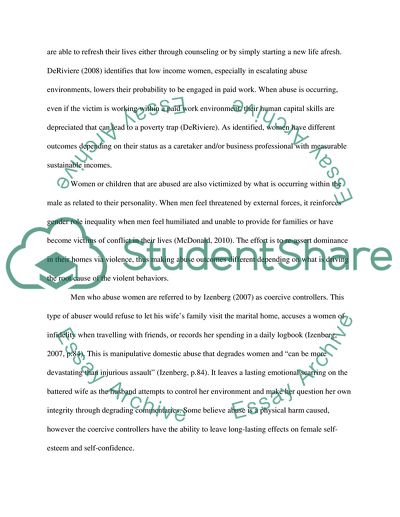Cite this document
(Domestic Violence: Impact on Women and Children Research Paper, n.d.)
Domestic Violence: Impact on Women and Children Research Paper. Retrieved from https://studentshare.org/social-science/1746294-domestic-violence
Domestic Violence: Impact on Women and Children Research Paper. Retrieved from https://studentshare.org/social-science/1746294-domestic-violence
(Domestic Violence: Impact on Women and Children Research Paper)
Domestic Violence: Impact on Women and Children Research Paper. https://studentshare.org/social-science/1746294-domestic-violence.
Domestic Violence: Impact on Women and Children Research Paper. https://studentshare.org/social-science/1746294-domestic-violence.
“Domestic Violence: Impact on Women and Children Research Paper”, n.d. https://studentshare.org/social-science/1746294-domestic-violence.


